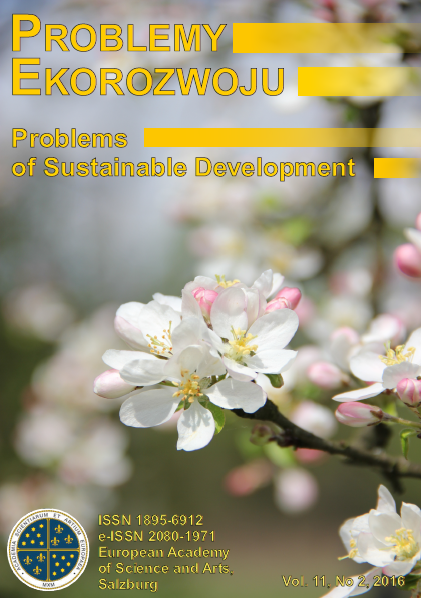The Impact of Public Environmental Protection Expenditure on Economic Growth
Main Article Content
Authors
Abstract
The article analyzes the impact of public environmental protection expenditure on economic growth. Estimating the strength of this relationship is of particular importance in the context of the recent global economic crisis. The paper is organized as follows. Firstly, theoretical model showing the mechanism of public environmental protection expenditure impact on GDP is presented. Then the results of an empirical study are shown. The study is conducted for the eleven countries of Central Europe. Econometric panel model is applied, which takes into account both time and cross-sectional dimension of the analyzed phenomenon, because, as indicated in the article, relying only on the variation over time may lead to misleading conclusions. The estimations based on panel model, conducted for the years 2001-2012, shows that the increase in public environmental protection expenditure has a positive effect on economic growth. Due to the fact that the analyzed period is heterogeneous, that is it covers both the period before the global economic crisis, and during its lifetime, calculations were also performed for two sub-periods. Results reveal that public environmental protection expenditure has stronger influence on GDP during crisis. Hence, the study shows that public environmental protection expenditure have no negative impact on economic growth, and its positive effects are strongest in case of economies affected by the global financial crisis.



